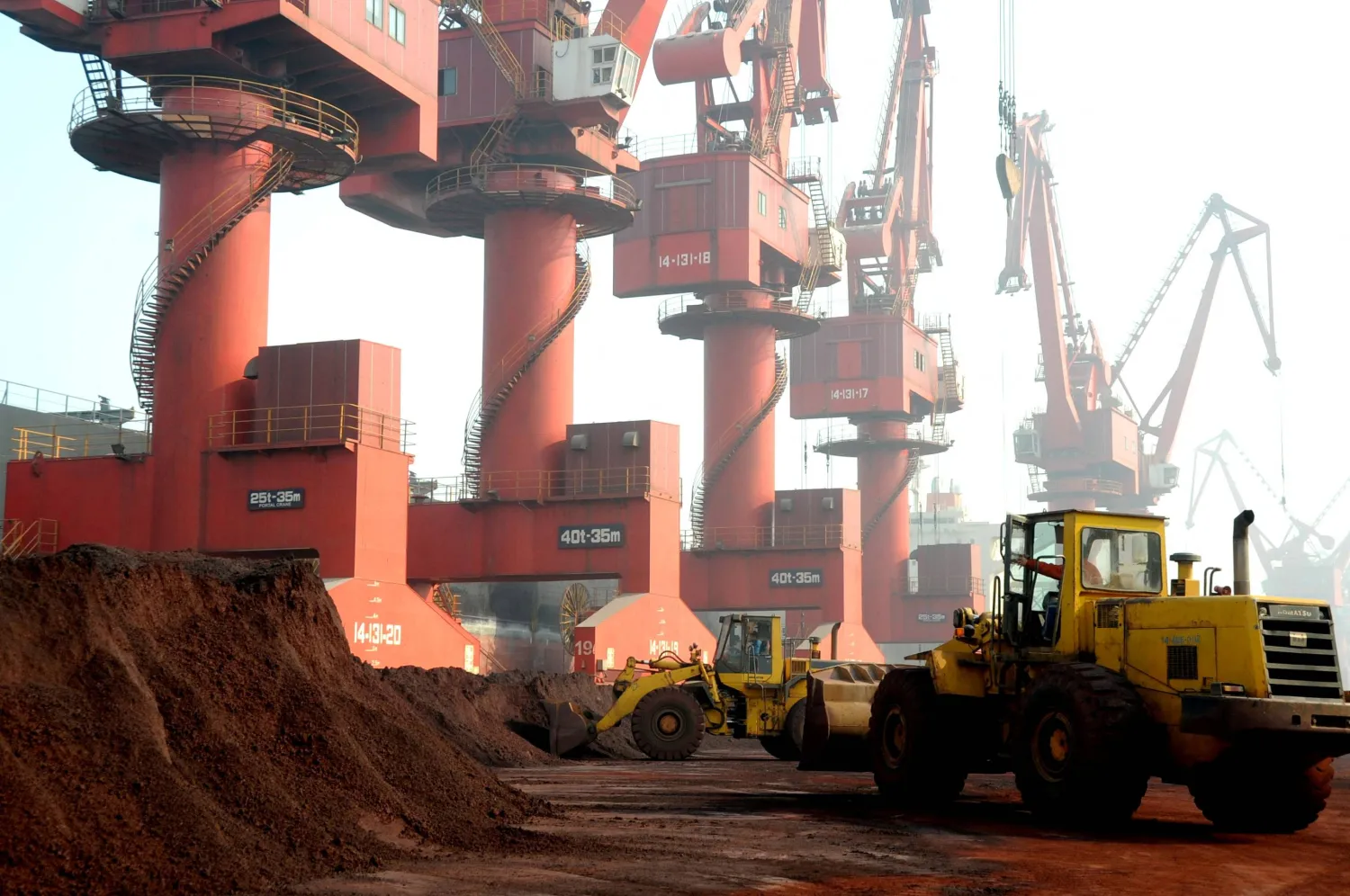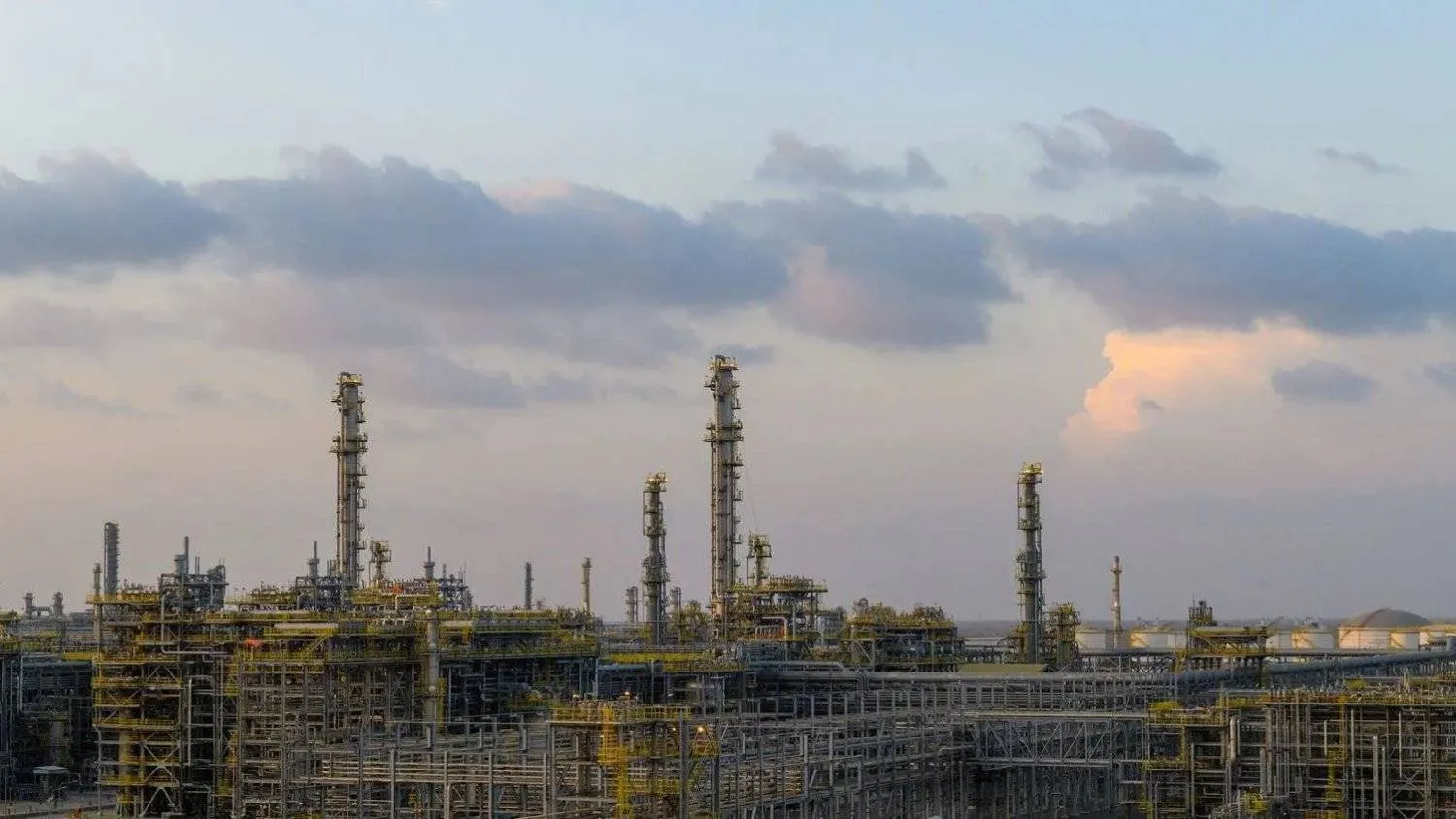The United Arab Emirates and Australia have signed a Comprehensive Economic Partnership Agreement (CEPA) hat removes or reduces tariffs, lifts barriers to trade and enhances market access, UAE Minister of State for Foreign Trade Thani Al Zeyoudi said on X on Wednesday.
It aims to boost the bilateral trade threefold from $4.23 billion in 2023 to $15 billion by 2032, the minister said.
The UAE and Australia finalized negotiations on CEPA in September.
The signing of the agreement built on the growing economic relations between the UAE and Australia, with bilateral non-oil trade reaching US$2.3 billion in H1 2024, an increase of 10 percent from H1 2023.
The UAE is Australia’s leading trade partner in the Middle East and its 20th largest partner globally. As of 2023, the two countries have also committed a combined $14 billion to each other’s economies, with more than 300 Australian businesses operating in the UAE in sectors such as construction, financial services, agriculture, and education.
A CEPA with Australia will be a significant addition to the UAE's foreign trade network, which is helping to propel non-oil foreign trade towards its target of $1.1 trillion by 2031.









